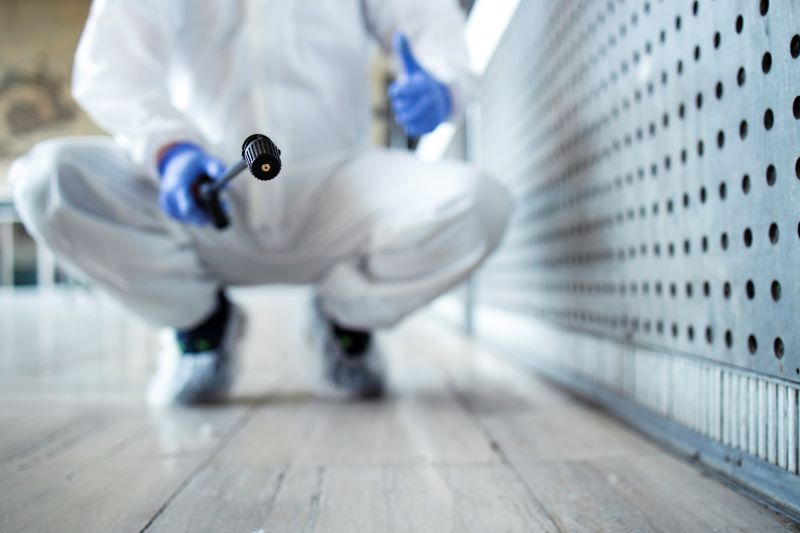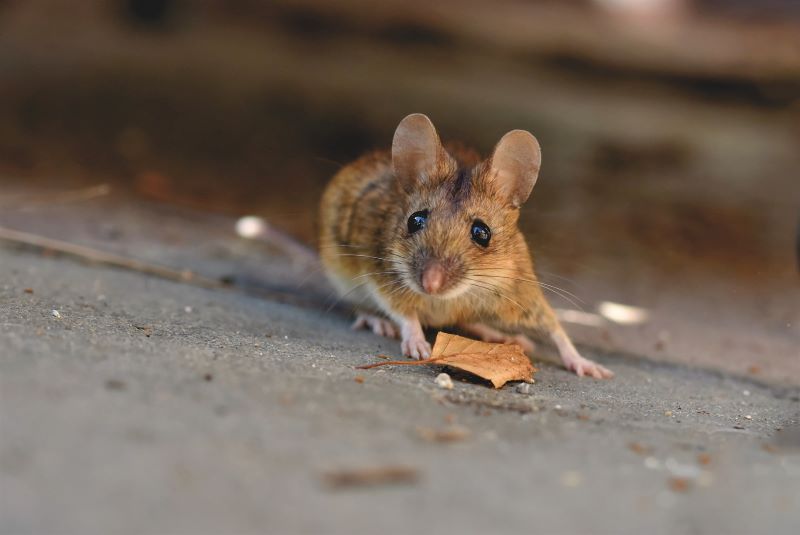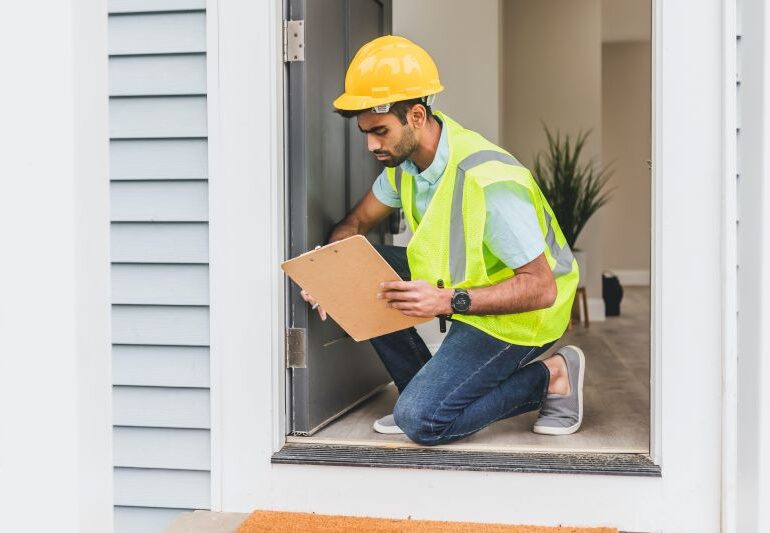Your family is a treasure, and for that reason, you must do your best to ensure their comfort and safety. Like many Australians, you may currently be looking to change your residence. However, the Sydney property market is oversaturated, and the value of existing listings frequently surpasses one or two million dollars, which is why property investment in this day and age can be considered a lifetime commitment. You will most likely need a building inspection in Sydney to identify potential problems with the building you want to purchase. But what kind of problems could you expect?
Some of the unpleasant surprises you may encounter are straightforward. Water damage under the roof or the presence of mould on the interior walls of the house are pretty easy to spot. But what if you suspect pest damage? A pest and termite inspection in Sydney is crucial to identify all signs of an infestation before they can cause you financial harm. But what signs may indicate such a problem, and how common are they? In the following article, we will answer these questions and more.
How Can a Building Inspection in Sydney Help You?
First and foremost, by calling a specialist in the field, you could save money. And that money you can later reinvest in the comfort and well-being of your family. Pest damage is widespread in Australia due to the country’s dry climate, which facilitates the presence of termites and rodents. A building inspection in Sydney could identify potential damage to your home’s supporting framework, problems with the water mains, issues with your home’s exterior insulation, or even detect emergencies such as electrical problems.
From cockroaches to mice and pigeons, a building inspection in Sydney can help you identify pest problems before they financially damage you. Want to buy a home recently placed on the market, but a termite inspection in Sydney has discovered a full-blown infestation? Then you can use this information to lower the seller’s asking price. Termite problems are pervasive, with the number of Australian homes affected by this issue exceeding 130,000, which is why it’s a good idea to be cautious and call a specialist in the field before signing the sale deeds.

Why Are Termites Such Bad News?
Most houses built in Australia are made of wood, and because of this, a termite infestation can quickly become a significant problem. Termites eat wood, and the house’s load-bearing structure will be affected if an infestation goes undetected for an extended period. Once you reach that point, repairs become necessary to preserve the property’s structural integrity, and they will most likely be expensive.
Furthermore, termites are as common as they are resilient, and in the case of a massive colony, your chances of getting rid of them are getting slimmer with each passing day. A termite inspection in Sydney can help you identify clues that might reveal an infestation. But what exactly are these clues? Firstly, the specialist you call will look for mud tunnels originating from the windows or walls of your home. Then he will inspect the furniture and the doorframes of the residence for scratching sounds. If you hear strange sounds from the walls, you are most likely experiencing a termite or mice infestation. And speaking of mice:
Why Are Mice So Dangerous?
As any specialist in termite inspection in Sydney will tell you, termites are unpleasant, but rodents can be dangerous. Mice and rats are veritable portable laboratories of disease and infections. And some of the ailments they spread can be downright horrible. The presence of mice in the walls of your home could be a hazard. One that can be costly to deal with.
As with termites, mice can damage the structural integrity of a house, as their sharp teeth can easily tear through the interior insulation of our walls. But mice are especially dangerous because they tend to chew through insulated wires. Every year, hundreds of homes in Australia burst into flames due to electrical shorts caused by mice, and the problem is only likely to get worse as climate change intensifies and more rodents enter our dwellings. Moreover, compared to termites, mice tend to interact with our environment, and it should be no surprise to find one in the cabinets containing your cereals.
A building inspection in Sydney can help you identify the main signs of a mice infestation, such as the presence of black dropping or chewing marks on furniture. The presence of mice cannot be ignored, as their odour is, in many cases, extremely potent. Furthermore, the damage they can inflict has the potential to affect the safety of your family. It should also be noted that a property dealing with a pest infestation automatically loses a good portion of its market value, so if you ever want to move elsewhere, you will suffer financially.

You Should Take All the Precautions You Can
A building inspection in Sydney can, first and foremost, help you be more relaxed and positively approach the potential purchase of your future house. Whether the inspector you call will discover major structural problems or his report will be a positive one, what is essential is for you to have all the necessary information before deciding on your prospective residence. A house is a substantial investment, and your financial future may be tied to the actions you take at this time.
Maybe you’ve found the home of your dreams, but the termite inspection in Sydney you’ve requested has discovered severe drawbacks. Or perhaps you’re interested in buying a holiday cottage, but the gawking sounds you hear from the walls make you question the feasibility of the purchase. Either way, calling in a specialist in the field is the best way for you to learn about the potential damage to a home, and his knowledge can be crucial for ensuring your family’s well-being in a new residence.

